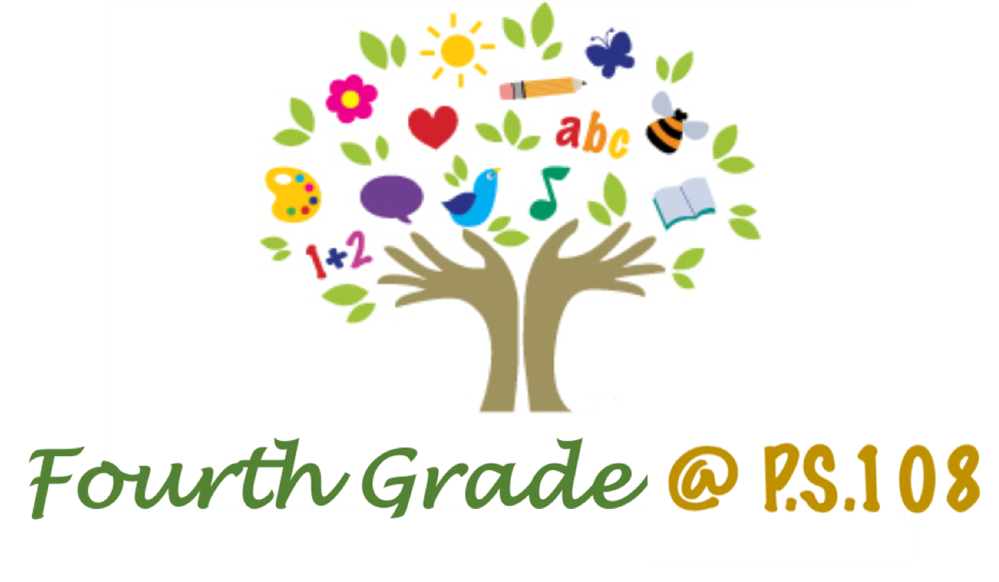
-
May/June: What is Grade Four studying?
Grade 4
ELA:
Module 4: Responding to Inequality: Ratifying the 19th Amendment
Module Summary: This module uses literature and informational texts to introduce students to gender and racial inequality issues in the United States in the first half of the 20th century, and to recognize how the process of ratifying the 19th Amendment can teach us about how people were responding to gender and racial inequality at that time
Unit Tasks:
- Building Background Knowledge: Reading about and Analyzing Events in The Hope Chest
- Analyzing Characters and How Their Actions Contribute to Theme: Reading and Analyzing The Hope Chest
- Call to Action: How Can We Make a Difference?
Eureka Math:
Module 6: Decimal Fractions and Financial Literacy:
- Exploration of Tenths and Hundredths
- Decimal Comparison
- Addition with Tenths and Hundredths
- Money Amounts as Decimal Numbers and Financial Literacy
-
Fourth Grade Homework, What to expect?
Homework is a crucial part of your child's active learning process and essential to their academic progress. Please make sure that all homework is completed daily.
- Please encourage students to read independently each night.
*Homework may vary, see Google Classroom:
Math: Practice multiplication facts daily.
Complete 1 Lesson on Zearn.
ELA: Read for 30 minutes and complete response from Reading Menu.

